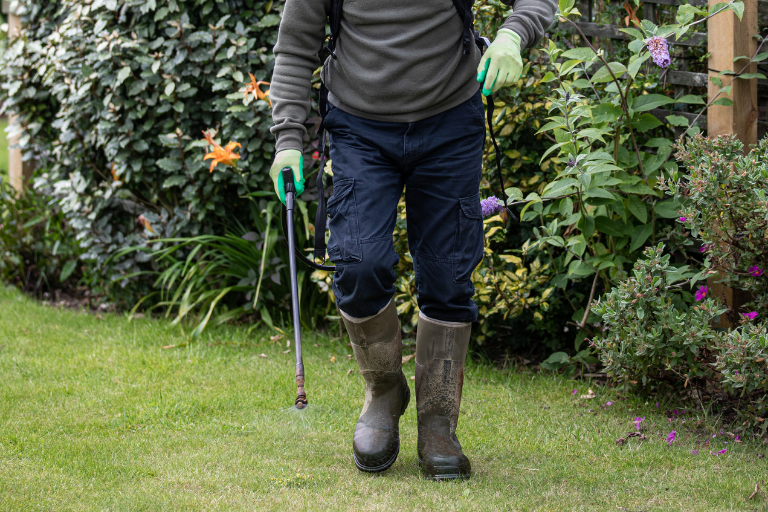Balancing Snow Removal And Lawn Care: 7 Essential Tips

Managing snow removal and lawn care during the winter months can be challenging. Snow and ice, if not handled correctly, can damage your lawn and create safety hazards. Here are seven essential tips to balance snow removal and lawn care effectively, while ensuring walking on ice safety.
Salt Free Ice Melt
1. Gentle Snow Removal Techniques
When removing snow, it's important to be gentle to avoid damaging the grass underneath. Use a plastic shovel instead of a metal one to prevent scraping and damaging the lawn. It's also advisable to leave a thin layer of snow on the grass to protect it from the harsh winter elements.
2. Avoid Excessive Salt And Chloride-Based Ice Melts
Traditional salt and chloride-based ice melts can be harmful to your lawn, causing dehydration and grass burn. These products can also seep into the soil, altering its composition and making it less hospitable for grass. Instead, opt for a chloride-free and toxin-free ice melt like Safe Paw, which is effective in melting ice and safe for your lawn.
3. Spread Ice Melt Evenly And Sparingly
When using ice melt products, spread them evenly and sparingly. Over-application can lead to an accumulation of chemicals, which can damage both your lawn and the environment. Safe Paw, with its excellent spread rate, ensures you use just the right amount to melt ice without harming your lawn.
4. Clear Snow From Walkways First
Prioritize snow removal and lawn care by clearing walkways first to ensure walking on ice safety. This not only prevents accidents but also reduces the need to walk on the grass, minimizing soil compaction and grass damage.
5. Protect Lawn Edges
The edges of your lawn are particularly susceptible to damage during snow removal. Place markers along the edges of your lawn before the snow falls to avoid inadvertently shoveling or applying ice melt on these areas.
6. Regularly Inspect Lawn For Damage
Throughout the winter, regularly inspect your lawn for signs of damage or stress. Early detection of issues such as fungal diseases, which can thrive under snow cover, allows for prompt treatment and better lawn recovery in the spring.
7. Post-Winter Lawn Care
Once the snow has melted, give your lawn some tender loving care. This includes raking to remove any debris, aerating the soil to alleviate compaction, and applying a spring fertilizer to encourage healthy growth.
The Negative Impact Of Salt And Chloride-Based Ice Melts
Salt and chloride-based ice melts can have detrimental effects on your lawn. They dehydrate the grass and disrupt the soil’s nutrient balance. In addition, these products can contribute to concrete corrosion and pose risks to pets and local wildlife.
Safe Paw: A Lawn-Friendly Solution
In conclusion, balancing snow removal and lawn care is essential for maintaining a healthy lawn and ensuring safety during winter. By adopting these tips and using products like Safe Paw, you can effectively manage ice and snow without compromising the health of your lawn. Safe Paw's non-corrosive and environmentally friendly formula makes it a superior choice for conscientious homeowners.
https://safepaw.com/balancing-snow-removal-and-lawn-care-7-essential-tips/
Comments
Post a Comment